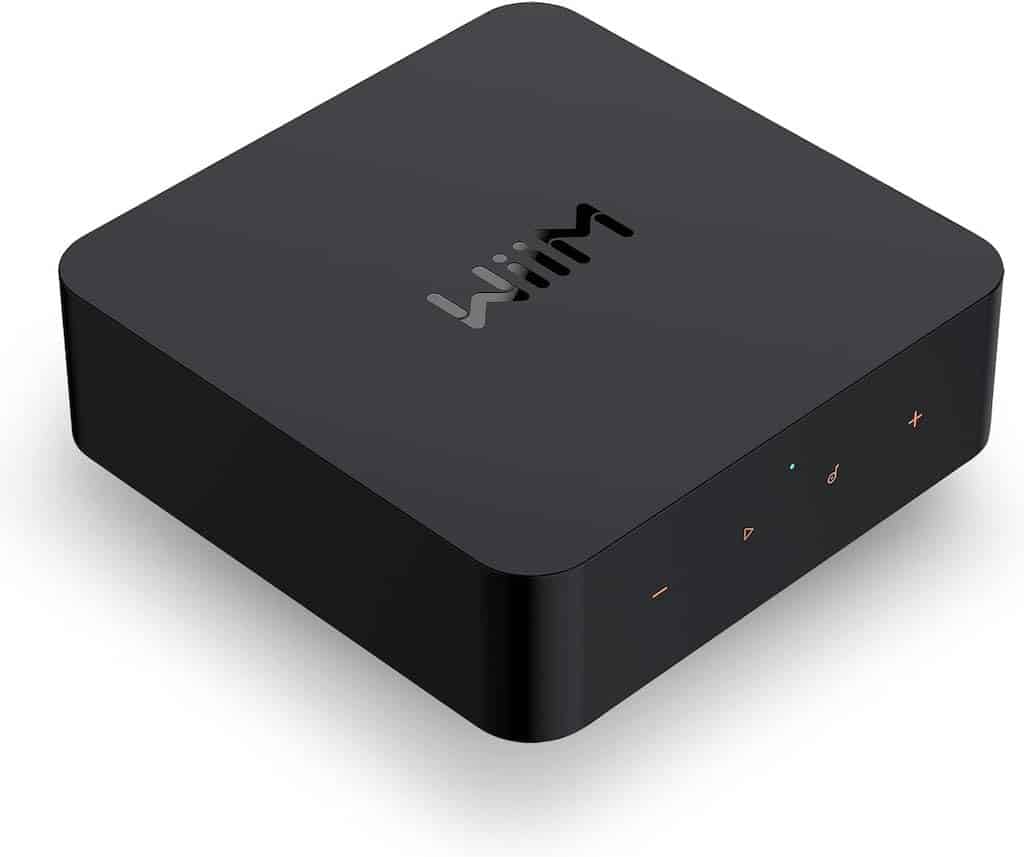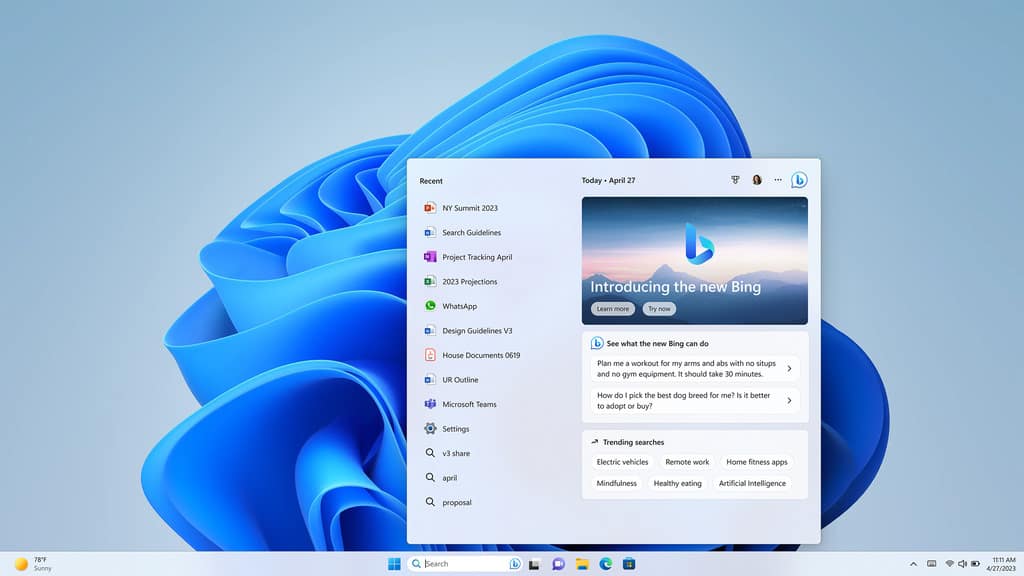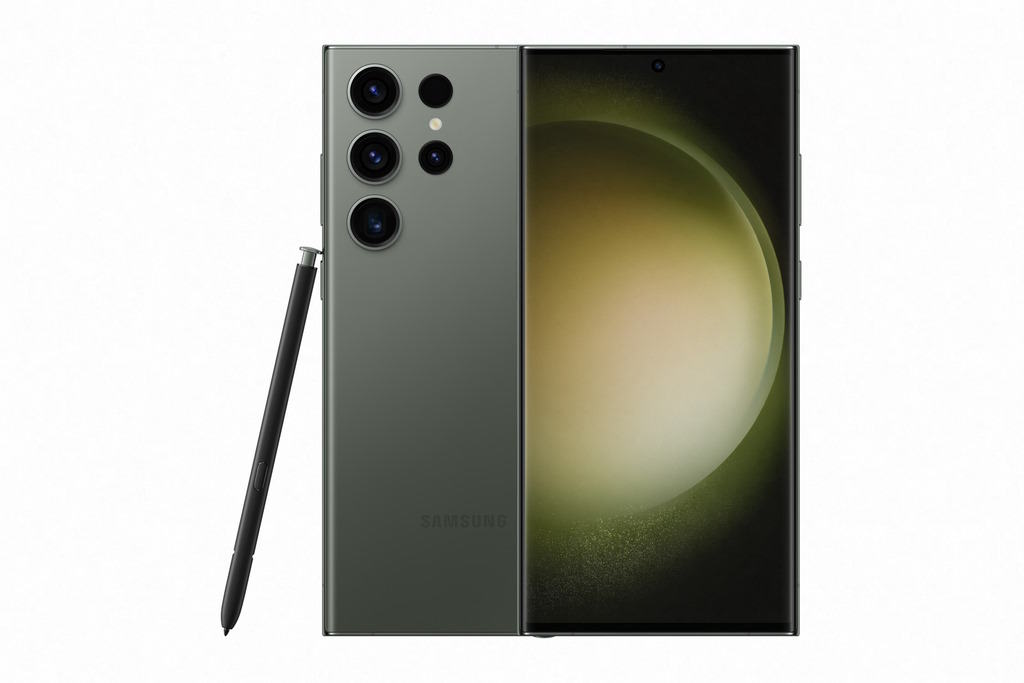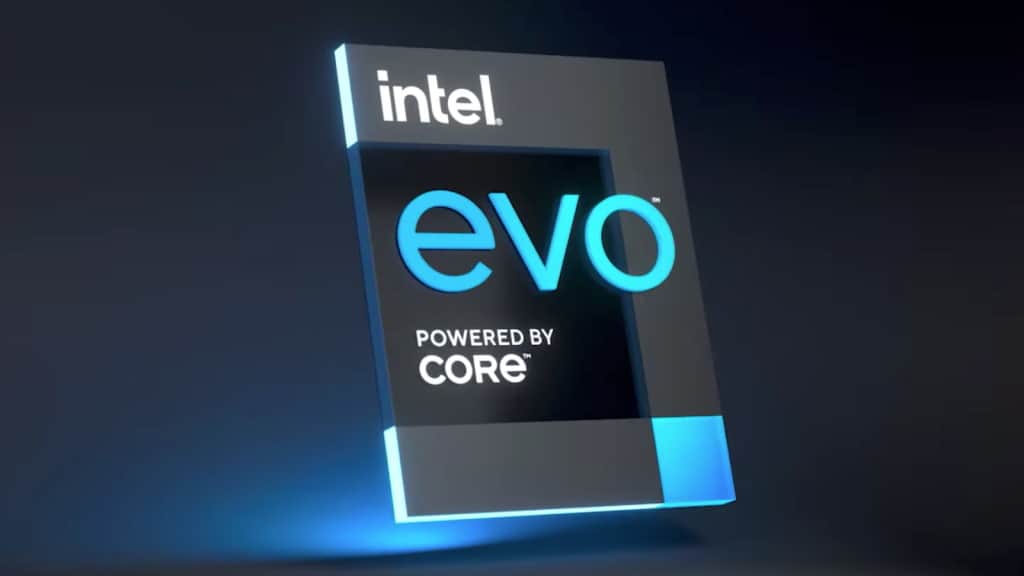 FOR THOSE OF us of a certain age there’s nostalgic memories of our first taste of programming on home computers.
FOR THOSE OF us of a certain age there’s nostalgic memories of our first taste of programming on home computers.
And for most of us this involved using Basic. Amazingly, Basic is still alive and kicking and turned 50 today, making it a venerable hi-tech geriatric.
Basic was invented In 1964 by John G Kemeny and Thomas E Kurtz at Dartmouth College. They wanted a programming language that was usable for all students, not just those studying science and maths.
It might seem bizarre when today getting an app involves a few mouse clicks and little or no money, but back then things were different.
If you needed a program to do anything, you had to create it yourself. This limited the use of computers to scientists, mathematicians and brainiacs.
Designed to be easy to learn and as intuitive as possible, Basic took off. Before Kemeny and Kurtz could utter “Gee that was quick”, Basic was everywhere.
By the ’80s Basic had become the programming language of choice for home computers, shipping on a floppy disk or ROM.
The addition of such an easy-to-learn language on home computers played a huge role in the home computer boom of the ’80s.
Home computer owners could cut their own code and develop custom apps. Magazines with pages of basic code proliferated and the use of home computers began to take off.
My first experience with Basic was a friend’s Osborne portable PC. It might have been luggable, but an ultra-book it wasn’t. For its day it had a muscular spec. Packing a whopping 64k of RAM, it could fit under an airplane seat (seats must have been a whole lot bigger back then). It also ran the CP/M operating system and came with a version of Basic.
My first program consisted of two lines that scrolled “Hi pat” down the screen. It was simple, but I’d created it.
Over time, my coding skills improved. I created a few simple games and even a hoax “virus” while at university.
Called cookie monster, it mocked up a blank screen with the MS-DOS Prompt waiting for input. As soon as a key press happened it’d display “Cookies! Must have cookies!” and a small timing loop to delay the next message (which consisted of an array of random cookie monster quotes) was set.
With each key press, the delay would shorten until all that would display would be a barrage of random cookie monster quotes. At least, that was until someone figured out they could press CTRL-C and kill the programme.
Perhaps the most addictive thing about coding was that you could set a problem, analyse it and then solve it. This proved to be as addictive as it was challenging. As the age of the BBS and then the internet began to dawn I began to download more apps instead of cutting my own.
Recently I discovered Just Basic, a version of Basic for Windows. It’s free, a mere 2.4 MB and downloadable from http://justbasic.com/.
It’s been fun re-discovering the joys and frustrations of coding. Here’s hoping Basic survives for another 50 years! PAT PILCHER

Happy Birthday Basic!
1 Comment
Leave a Reply
Latest from Uncategorized

Sound Group to distribute acclaimed low-cost WiiM streamers in NZ
Nicely priced and highly rated WiiM streamers will finally make their official debut in NZ from next month.

Windows 11 gets AI upgrades
Windows 11 gets a Chat GPT powered upgrade, adding AI smarts, iPhone integration and video calling tweaks, writes PAT PILCHER.

Review: Samsung Galaxy S23 Ultra
Samsung's shiny new Galaxy S23 is a champ in every conceivable department, writes PAT PILCHER in his enthusiastic assessment.

Intel’s Evo spec explained
Intel's new Evo categorisation can be hard to get your head around, but here's PAT PILCHER to explain it all in simple terms.

The great Witchdoctor Father’s Day gift guide
What to get for Father’s Day needn't be a chore, writes PAT PILCHER, who's come up with some nifty gift ideas for the occasion.










Those were good days.